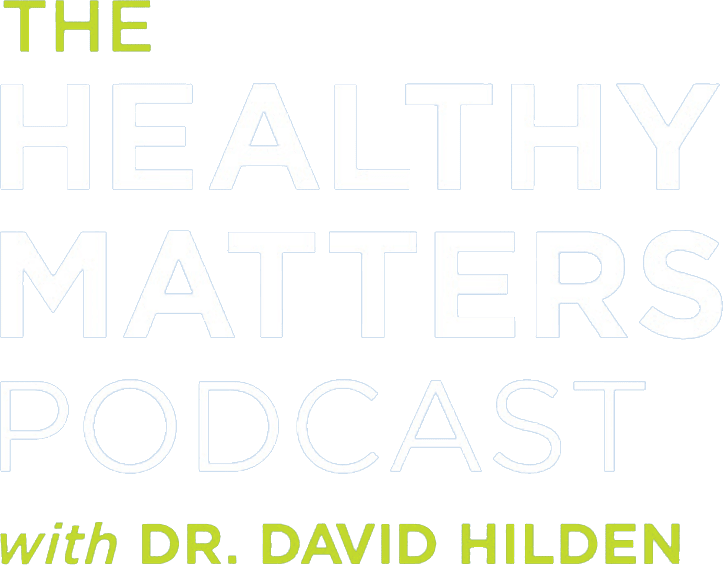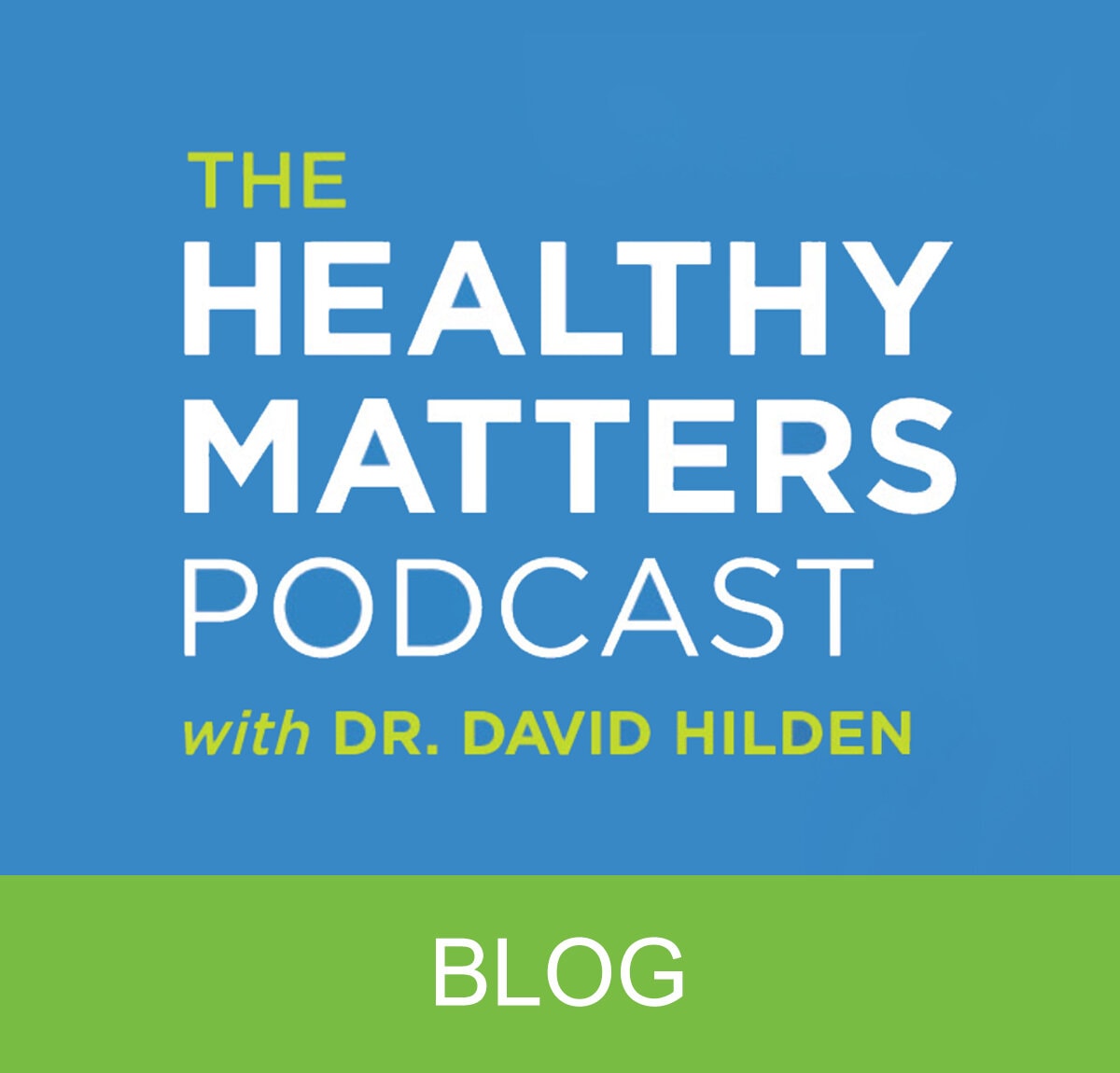Pediatrics! Where it all begins…
Kids don’t come with a guidebook? In Episode One of Season 2 of the Healthy Matters Podcast we have the next best thing – Dr. Krishnan Subrahmanian, pediatrician at Hennepin Healthcare! We talk about RSV and other viral illnesses, early childhood development, reading and language development, and how to access your child’s pediatrician. (Warning: This is snot an episode for those who get queasy hearing the word “booger.”)
Dr. Krish – as he often is called – was a high school special education teacher before he became a pediatrician.
“The kids were incredible. They were amazing. They inspired me. They made me think, they challenged me. And I honestly loved my job as a special education teacher. My hats and heart go off to all the special education teachers out there. They do incredible work.”
This love of learning spills over into his work as a pediatrician, and Dr. Krish’s interest in brain development – especially at an early age.
“Actually 90 to 95% of brain development – neuronal connections – has happened by the age of five,” he explains. “And it leads us to think, ‘wait a minute, what are we doing in those early years to help support that brain development to get kids off to the best start?’ What this means is that even pre-birth in utero, brain development is starting, and neuronal connections in those first few months and years of life are growing every day.”
Dr. Krish explains how playing with children, talking to children, and singing with children helps form a brain that is more able to learn, more able to grow, and sets them up for success for the rest of their lives.
“There’s a type of interaction called serve and return learning,” he shared. “It’s the kind of thing that you see folks do all the time. ‘Hey, baby, how you doing? How’s it going?’ And then waiting for that little response, that smile or that cue back from the baby. That kind of communication pattern, giving a little bit to the baby, waiting for the return and, and ensuring that we do that repeatedly, really does help form brain connections and can begin right from the very moment that they join your family.”
While Dr. Krish and I talk about ways to relieve nasal congestion, reduce fever, and when to bring your child in to be seen by a physician he also gives this piece of advice for the well-being of children, which is very worthy of sharing:
“The greatest tool and gift we have for little babies and kids is an adult who loves them, is an adult who cares for them, is an adult who’s investing their time and energy. If you can spend yourself, your time, your energy, that will make the biggest difference.”
Wise words indeed. Thanks for listening to Episode One of Season 2 of the Healthy Matters Podcast!
The fentanyl addiction experience
Fentanyl has been plaguing our society for quite some time now. In Episode 4 of Season 3, addiction medicine specialist Dr. Lauren Graber sheds some light on the substance. She starts with an alarming number:
- In 2022, fentanyl claimed the lives of more than 73,000 people. This is more than a year’s worth of car accidents in the United States – and traumatic in so many different ways.
“Fentanyl is a high potency synthetic opioid – it is 50 times stronger than heroin,” she explains. “In general, opioids are medications that hit that opioid pain receptor and help with pain. The opioids that come naturally are from the poppy plant, like morphine and heroin. Fentanyl is synthetic – meaning it is made by humans from other different substances.”
These substances come from a number of places around the globe and then arrive in the U.S. in various ways. Because fentanyl is such a strong medication, a little bit can have a huge impact.
“And that makes it a lot easier to get into the country, because whether it’s coming by mail, land or water, it can come in small batches and it’s harder to detect. It’s also much cheaper and stronger than other opioids,” said Dr. Graber, who also talked about the many legitimate, effective uses to manage pain. It’s used often in surgery for anesthesia. It’s fast-acting and can be carefully monitored and safely administered to patients who need relief from pain that cannot be achieved from other medications – but it’s rarely sent home with patients.
Outside of a medical setting is where it becomes a concern, she explains. “I think it’s used in a lot of different ways and for a lot of different reasons. Our patients come from every background, every neighborhood of the city and really have a lot of reasons about what things started them off in using fentanyl. I think there’s a very close association with pain, and a very close association with going through hard times, whatever that is for a person. It’s a really personal reason why people start using.”
Dr. Graber talked about the many ways people use fentanyl, its addictive properties, and that sometimes people may not even realize what they’re using contains fentanyl – a trend she’s become more aware of in the past year or two.
“People think they’re getting one thing and then actually it’s mixed with something else. I think the most common contaminants are stimulants like cocaine, crack, and meth. These are sometimes mixed with fentanyl – especially the powder forms. Because fentanyl is so powerful, it’s really easy to cut in or mix it in with some of those other substances in a way that could be surprising – and devastating.”
We talked about the larger scope of opioid addiction, its stigma, and its societal impact, as well as withdrawal symptoms (remember the worst flu you’ve ever had?) and the hope for recovery. Listen to this important conversation about fentanyl on Episode 4 of Season 3 of the Healthy Matters Podcast.
Life inside a busy emergency department
On our first episode of Season 3 of the Healthy Matters Podcast, we learn about the intense and unpredictable world of emergency medicine. More specifically, what it’s like for the team members who tirelessly navigate the chaos and life-saving moments of a major metropolitan safety net hospital – the busiest one between Chicago and the West Coast. I talked with Dr. Jon Cole, who began his life here when he was born at our hospital (a newborn intensive care graduate), and now spends quite a bit of time at HCMC as an emergency medicine physician and medical director of the Minnesota Poison Control System.
Dr. Cole describes HCMC’s emergency department – which is part of our comprehensive Level I Trauma services:
“It’s physically a really big place, taking up almost an entire city block, which as a medical student was really overwhelming. There are approximately 60 beds, and we care for more than 90,000 patients each year. In fact, we recently saw 287 patients in one day.”
As a Level I Trauma Center, HCMC has all the available resources to take care of any trauma patient who comes through our doors. HCMC is also a safety net hospital, taking care of anyone, regardless of their ability to pay. HCMC is truly a statewide resource, with two helipads and dozens of ambulances. People are literally coming to the hospital from all over the place.
“We take care of obviously a lot of the people who live in the neighborhood around us, which is true of any hospital. When we recruit prospective physicians, one of the amazing things we always get to talk about is we really have a tremendously diverse patient population that we’re honored to care for. We care for trauma patients who come to us from all corners of the state too, and sometimes even the Dakotas and Western Wisconsin as well. We really take care of everybody.”
What does a “typical” day look like in the emergency department? It’s anything but typical.
“Emergency medicine is the only specialty that’s defined by our patients,” said Dr. Cole. “We don’t hang a shingle and say, ‘we take care of hearts here.’ We hang a sign that says ‘emergency’ and the patients decide what the emergency is – and they come to us.”
As Dr. Cole explains the typical atypical day, we must explain the meaning of “triage” which means “sorting” in French. It’s the process of caregivers making sure that patients are receiving the best care for their condition as soon as possible. But this also means that if you’ve cut your hand and need a few stitches, you may have to wait until the patient arriving by ambulance with a heart attack through the back entrance is stabilized.
“When you come to the emergency department, you check in at the desk so we can get you in the electronic medical record. And then frequently the first person you talk to is one of the attending emergency physicians. There’s usually one doctor and two nurses working up front. And part of that is to begin the triage process. The downside, of course, means that some patients may have to wait for care – without understanding what is happening ‘behind the scenes’ in the emergency department.”
Since the pandemic, healthcare resources have been incredibly strained through every level of entry – and exit. Clinic appointments can be challenging to obtain, but emergency departments are always open – and unlike other areas in the hospital, they cannot say “stop – we’re full.” It’s a national phenomenon, and Dr. Cole experiences it firsthand:
“We are boarding patients in our emergency department much longer than we used to. This is one of the ways that we’ve had to adapt care and really change the fundamental way that we practice in our specialty, because there’s just not physical beds for them to go to upstairs, partly because the patients who are upstairs don’t have physical places to go back out into the community. It’s just backed up at every step of the healthcare system. Some people refer to emergency medicine as being the proverbial ‘canary in the coal mine’ because it’s such a dynamic environment. We always want to remain open, but it does get very stressful and stretches our resources sometimes.”
Minnesota is so fortunate to have compassionate, talented emergency professionals like Dr. Cole and his team always HERE to care for patients who are critically ill or injured. Hear incredible stories and insight from emergency medicine in our first episode of Season 3 of the Healthy Matters Podcast.

